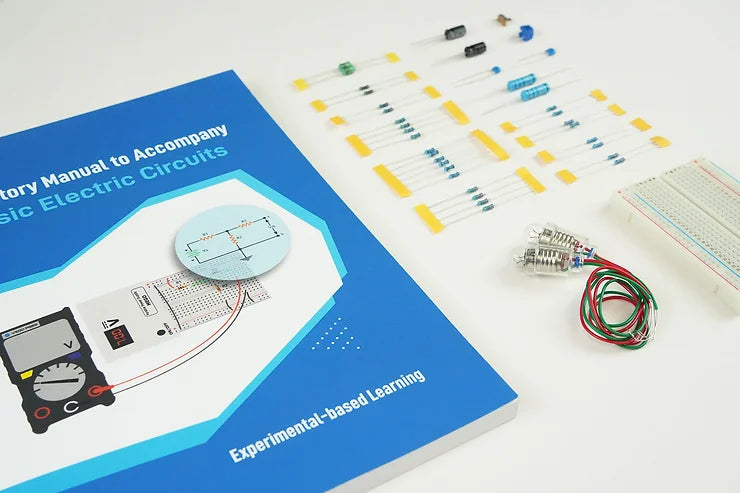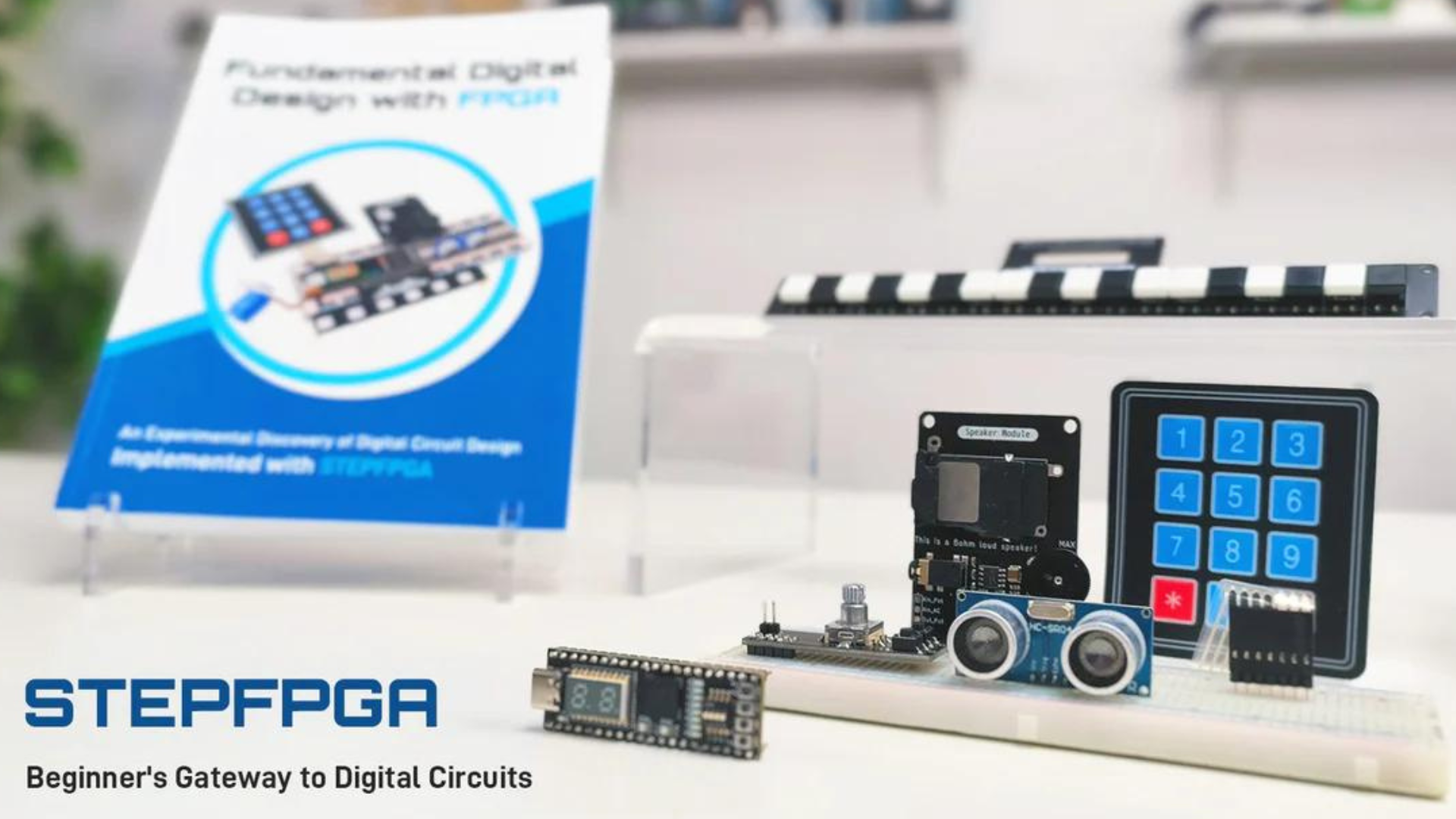A few days ago, I wrote an article talking about the basics of switches and how you can implement simple logic by combining multiple switches together. The implication was that we were using mechanical switches operated by hand, but as the logic becomes more complex and the number of switches increases, you may find yourself running out of hands to operate such a circuit. This is where electronic switches come in: switches that are controlled by electricity! There are multiple ways to make such a device, each with its own pros and cons, but today I’ll be explaining how this is done using a relay and some simple applications. Let’s get into it.

A relay is a device that uses an electromagnet to open and close the switch. An electromagnet is a magnet that is only magnetized when it is powered. This means when we turn on the magnet, it can attract or repel other magnetic metals. A relay does exactly this to make or break the connection in a switch.

This illustration shows the relay implementation of an SPST (single pole, single throw), normally open switch. Contact A is initially not contacting anything, but when the electromagnet is powered, it pulls the contact toward it, connecting it with contact B and allowing current to flow from one side to the other. You could easily create a normally closed version by having the contacts touching to start and have the magnet pull them apart.
Most relays used in electronics are SPDT (single pole, double throw) because they can be used as either a normally open or normally closed switch, depending on which side you connect.
The common (COM) contact is normally connected to contact A. When the magnet is powered, it is pulled over to contact B. When the magnet is no longer powered, the common contact will return to its initial position thanks to a spring and once again be connected to A. The consequence here is that you can connect the common contact and contact B to your circuit and have a normally open switch, but if you connect the common contact and contact A, you have a normally closed switch. For this reason, contact A is often referred to as the normally closed contact (NC), while contact B is the normally open contact (NO).

To recap, you always need to connect the common (COM) contact. Whether you connect the normally open (NO) or normally closed (NC) contact depends on what kind of switch you want.
To illustrate the concept, let’s look at a simple circuit with a relay to turn on an LED. Using a simple normally-open switch, the schematic would look like the following:


Swapping our switch for a relay and using the contact names we did above, that looks like this:

If we connect a voltage source to the electromagnet, the switch will close and turn on our LED!

If we wanted to make the relay normally closed, we would simply connect the wire currently connected to NO to NC instead. 
Now that the relay is normally closed, the LED is turned on when there is nothing powering the magnet.

Once we add the voltage source to power the relay, the connection is broken and the LED turns off.
These are just demonstrations of the concept. You wouldn’t actually use a relay for this reason since you could just as easily use a normal switch. The main application of a relay is when you need to control high-power systems with a low-power input. Let’s see what that might look like.

Here is an extreme (but still realistic) example. In this circuit, a simple switch is used to turn on a large motor that requires 600 V and draws 30 A! This means turning the machine on or off requires interacting with this high-power system directly, which is dangerous. Instead, we can use a large relay (at this scale, they are generally referred to as contactors) to do the switching and control the relay from far away using a much lower voltage.

This setup allows us to turn on the motor using a switch in just a 24 V circuit, which is physically far away from the high-power one. A 24 V source is sufficient to power the magnet and close the relay switch, allowing the motor to be powered.
































